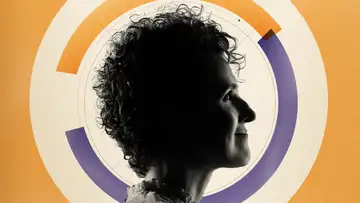Why Corporate Wellness Programs Aren't Really WorkingTop of Mind with Julie Rose • Season 1, Episode 884, Segment 3
Aug 23, 2018 • 14m
Guest: David Molitor, PhD, Assistant Professor of Finance, University of Illinois at Urbana-Champaign
Nearly half of workers in America have access to some sort of wellness program. It could be free fitness and nutrition classes or health screenings offered by the employer. Companies spend a lot of money and time on this stuff hoping to make their workers healthier and happier. Do they work? David Molitor says no.